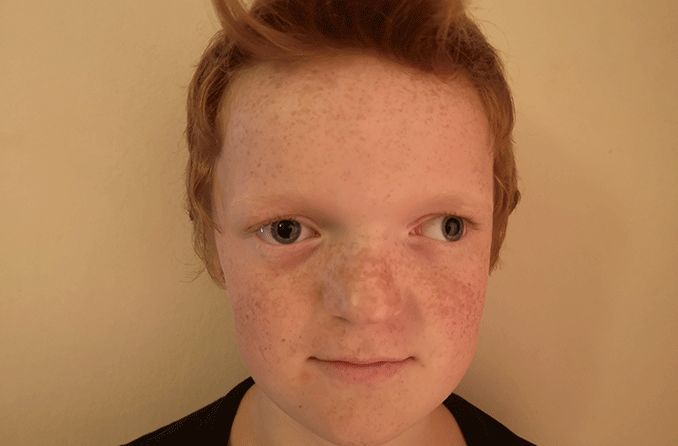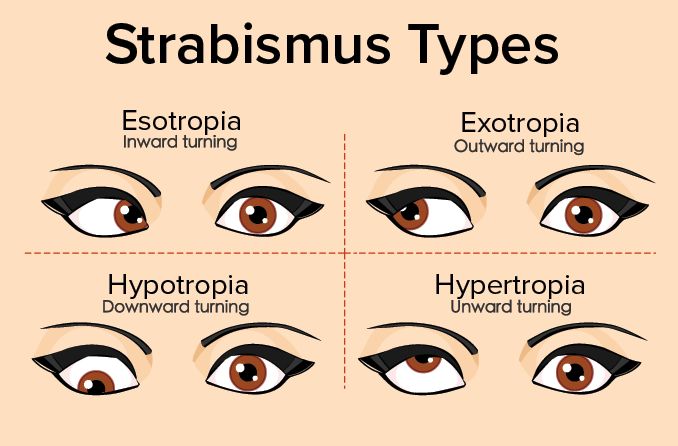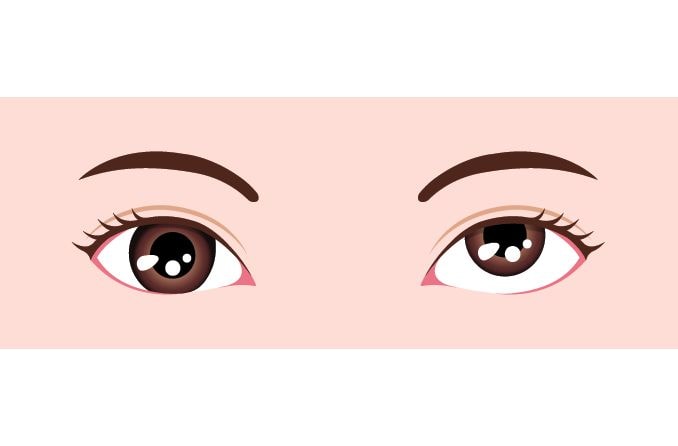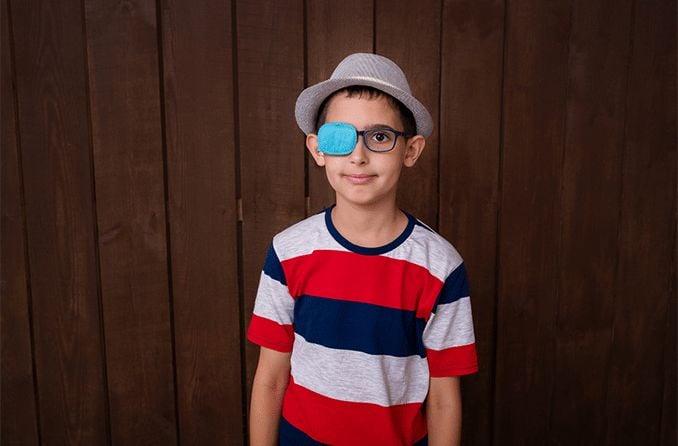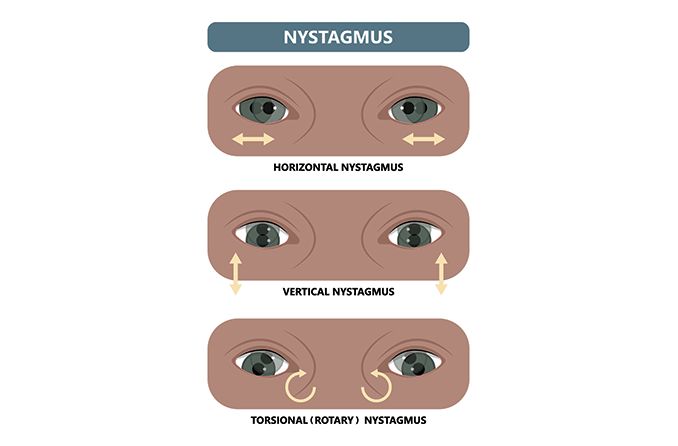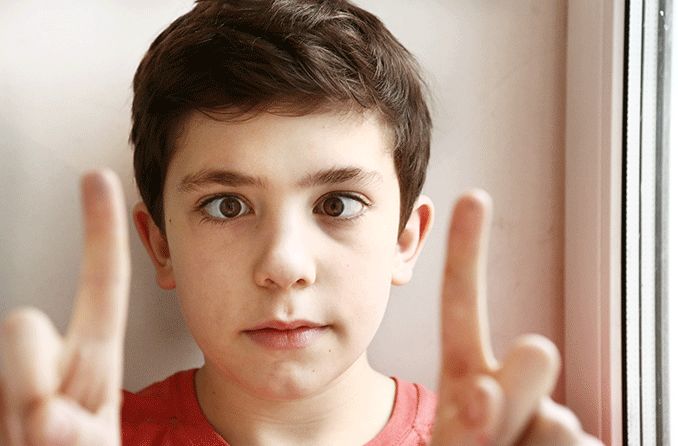What is exotropia?
Exotropia is an outward turning of one or both eyes. It is a common type of strabismus. About a quarter of all children with strabismus have exotropia.
There are different types of exotropia. The condition can be visually noticeable either all the time or just sometimes.
Exotropia can be present at birth or occur later in life. It can usually be managed or treated, but treatment will vary based on type and severity.
In some cases, the condition goes away on its own.
Types of exotropia
Each type of exotropia can have different causes and levels of severity.
Intermittent exotropia
Intermittent exotropia is the most common type of the condition. Around 1% of the population is thought to have some degree of intermittent exotropia.
Eye turning only happens occasionally, as a result of one of these circumstances:
- Fatigue
- Illness
- Gazing into the distance or daydreaming
- Focusing on faraway objects
Most bouts of intermittent exotropia are infrequent, but they can happen so often that it becomes a permanent problem.
Children with intermittent exotropia tend to become nearsighted during childhood or adolescence.
Congenital (infantile) exotropia
Congenital exotropia, sometimes called infantile exotropia, can happen at birth or early on in life. It is often noticed between 4 and 6 weeks of age.
Some mild cases don’t need to be treated and go away on their own, between 6 and 8 weeks of age.
If you continue to see misalignment in your child’s eyes after 4 months of age, contact an eye doctor for an exam.
Acquired exotropia
Exotropia can be acquired as the result of another health condition(s), especially those that affect the brain.
Conditions include:
- Stroke
- Trauma
- Down syndrome
- Cerebral palsy
- Thyroid disease
- Brain tumor
Other conditions, such as cataracts and glaucoma, can also increase the risk of developing acquired exotropia.
Sensory exotropia
Sensory exotropia happens when there is vision loss or blindness in one eye. The vision problem hurts one eye’s ability to work with the other eye.
Sensory exotropia can affect people at any age.
Consecutive exotropia
Consecutive exotropia can develop after surgery that was performed to correct misaligned eyes. This is thought to be caused by damage to the muscles that control eye movement, at some point during the procedure.
One study found that certain people had a higher risk for developing consecutive exotropia after a procedure than others. If you’re considering eye alignment surgery, talk to your eye doctor to find out whether it’s something you should keep in mind.
SEE RELATED: Exophoria: What is it and how does it affect vision?
Exotropia symptoms
One or both eyes turned outward, away from the nose, is the most common symptom of exotropia.
But there are other symptoms that can occur in addition to — or as a result of — this misalignment.
Symptoms can include:
- Eye strain
- Blurry vision
- Headaches
- Light sensitivity
- Reduced depth perception
- Vision loss in the affected eye
Exotropia symptoms can occur frequently or infrequently. If you experience one or more symptoms, talk to an eye doctor for further evaluation.
What causes exotropia?
Exotropia occurs when something changes the way the eye muscles work together with the brain.
The condition can be inherited or acquired due to another health condition, such as stroke, thyroid disease or cataracts, among other conditions.
Some cases of exotropia occur without any apparent health problems or family medical history. In these cases, the cause is considered unknown.
Diagnosing exotropia
An eye doctor can diagnose exotropia by checking for symptoms, evaluating family medical history and performing certain vision tests.
Tests that can help diagnose exotropia include:
- A comprehensive eye exam
- An eye alignment test called a cover test
- A depth perception test
- A corneal light reflex test
A cycloplegic refraction can also be performed. During this test, special eye drops are placed onto the eye to temporarily stop it from focusing on its own.
This process helps an eye doctor evaluate a child’s vision more easily.
SEE RELATED: Why kids’ eye exams are so important
Exotropia treatment
Treatment will vary depending on the severity of exotropia. Some cases will have a relatively simple treatment plan, but others may require surgery.
Intermittent exotropia, which occurs occasionally, may only need to be monitored.
Non-surgical exotropia treatment
If exotropia is constant, an eye doctor may recommend:
- Prescription eyeglasses to correct any refractive error
- Placing a patch over the stronger eye to strengthen the weaker eye
- Vision therapy, which includes exercises and activities to improve eye alignment
Exotropia surgery
Some cases of exotropia will require surgery to realign the eye muscles.
For children with congenital exotropia, surgery is usually recommended early in life to maximize vision benefits and reduce the risk of complications.
Adults can also opt for exotropia surgery, but the procedure will usually affect the appearance of the eyes more than the vision itself.
Don’t wait to treat exotropia
Exotropia is usually treatable, but it can get harder to treat as it progresses.
An eye doctor may be able to help manage the condition and reduce the chance of additional treatment — or vision loss — later in life.
READ MORE: How to spot convergence insufficiency in children
